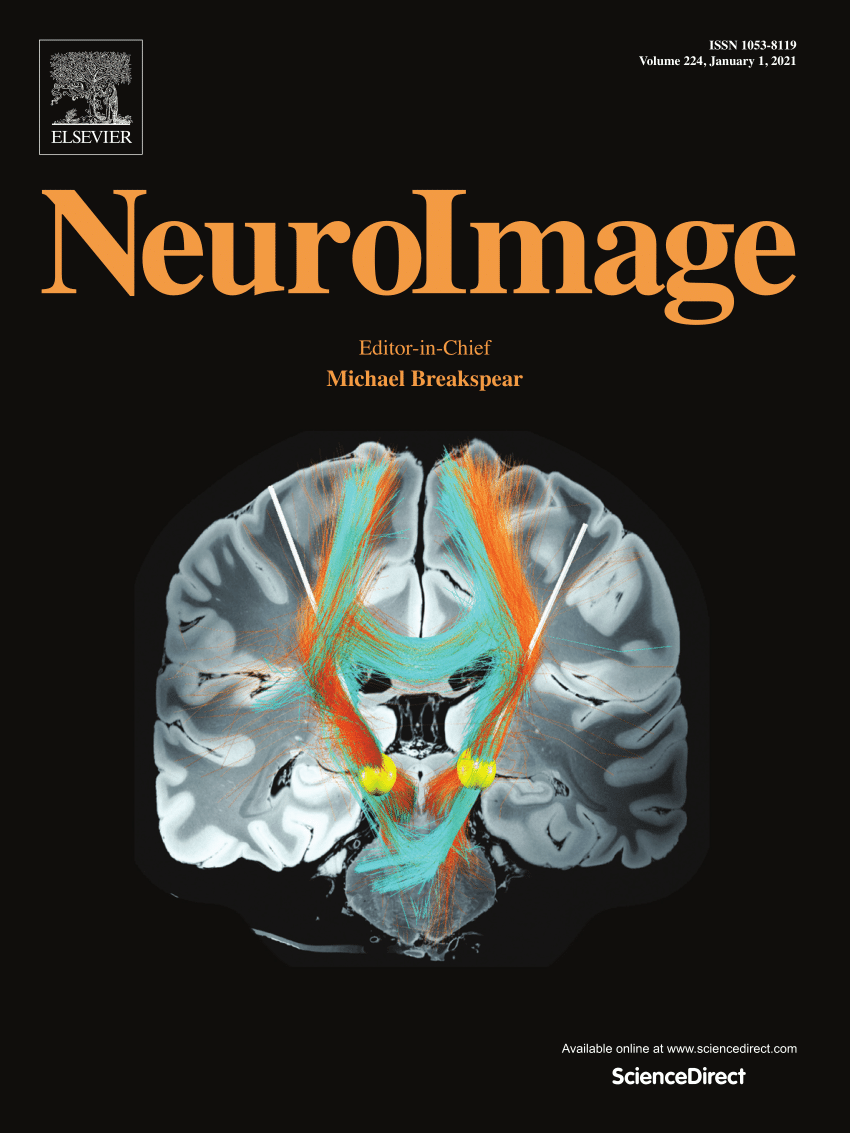Longitudinal high-density cortical auditory event-related potentials and speech-sound discrimination in the first two years of life in extremely and very preterm infants without developmental disorders
IF 4.7
2区 医学
Q1 NEUROIMAGING
引用次数: 0
Abstract
Maturation of the auditory system in early childhood significantly influences the development of language-related perceptual and cognitive abilities. This study aims to provide insights into the neurophysiological changes underlying auditory processing and speech-sound discrimination in the first two years of life. We conducted a study using high-density electroencephalography (EEG) to longitudinally record cortical auditory event-related potentials (CAEP) in response to synthesized syllable sounds with pitch/duration change in a cohort of 79 extremely and very preterm-born infants without developmental disorders. EEG were recorded at 6 timepoints from term to 24 months corrected age, using a pseudorandom oddball paradigm. We found that the infant-P1 component of CAEP showed decreasing latency with age and more focalized cortical source stabilizing in the left primary auditory cortex by 6 months. By 6 months, a negative infant-N1 component emerged, its amplitude increasing with age and source localization showing increasing distribution over the left temporal, parietal and frontal lobes. Mismatch responses demonstrated significant differences in auditory discrimination capabilities starting from 6 months, indicating the infants' ability to detect phonetic differences. There was no correlation between infant-P1 latency, infant-P1 amplitude or mismatch response at term age and gestational age. This study suggests that cortical sound detection occurs very early and is not significantly influenced by the extent of prematurity but rather by corrected age. Early sound detection is followed by cortical sound content processing from about 6 months, with gradual organization along the cortical auditory dorsal stream and mirror neuron system in the first two years of life. Auditory discrimination of speech sounds also significantly changes from around 6 months of age.
求助全文
约1分钟内获得全文
求助全文
来源期刊

NeuroImage
医学-核医学
CiteScore
11.30
自引率
10.50%
发文量
809
审稿时长
63 days
期刊介绍:
NeuroImage, a Journal of Brain Function provides a vehicle for communicating important advances in acquiring, analyzing, and modelling neuroimaging data and in applying these techniques to the study of structure-function and brain-behavior relationships. Though the emphasis is on the macroscopic level of human brain organization, meso-and microscopic neuroimaging across all species will be considered if informative for understanding the aforementioned relationships.
 求助内容:
求助内容: 应助结果提醒方式:
应助结果提醒方式:


